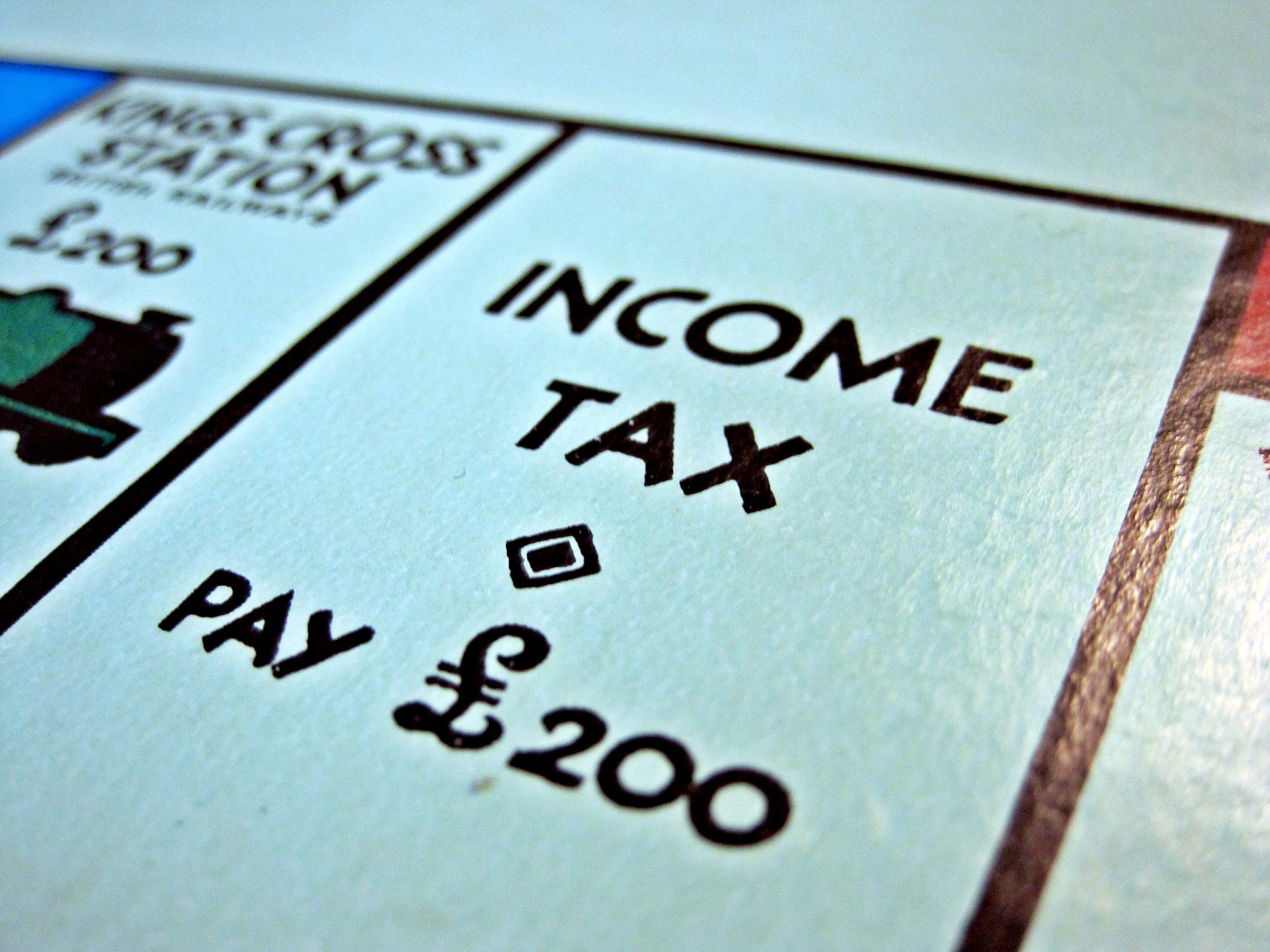A Stealth Tax Hike in Trump’s Plan
President Trump’s tax plan, released last week, promises to “give American workers a pay raise by allowing them to keep more of their hard-earned paychecks.” The plan cuts rates for most taxpayers, but one seemingly innocuous sentence actually means the pay raise will decrease over time: “The framework also envisions the use of a more accurate measure of inflation for purposes of indexing the tax brackets and other tax parameters.”
That sentence refers to the idea of indexing tax brackets for inflation to the chained CPI rather than the regular CPI, as is the current practice. This practice would lower the year-to-year increases in the tax-rate cutoff points, causing Americans to pay more taxes. The change would be small at first, but could grow over time.
In a recent article, we introduced the concept of “bracket creep,” the phenomenon that increases everyone’s tax burden when economy-wide forces lead to increases in overall earnings. For decades, the IRS has sought to address the inflation component of bracket creep by allowing cutoff points for tax brackets to increase along with the commonly used CPI-U index each year. Some economists have long argued that there is an upward bias in the CPI-U because it does not account for consumers substituting away from goods with larger price increases. The chained CPI was created to correct for this bias. It results in a slightly lower rate of inflation, averaging 1.9 percent annually since 2000 compared to an average of 2.1 percent for the CPI-U.
Too see the impact of the change, suppose the cutoff points for the 25 percent and 35 percent rates in the new plan are $37,500 and $112,500, respectively. After five years of indexing using the CPI-U, those brackets would be $41,726 and $125,179, using the average inflation rate above. If the IRS instead used the chained CPI for five years, those brackets would be $41,189 and $123,566, meaning a higher proportion of individuals’ incomes would fall in higher tax brackets. The difference is not large, but it adds up. Five years from now, an individual earning $75,000 would pay $70 more in income tax under the chained CPI, and an individual earning $150,000 would pay an extra $231.
If the chained CPI is truly a more accurate measure of inflation, the proposed change would take away a small bonus taxpayers have been receiving year to year. If the chained CPI is instead too low, the change would result in a new, unwarranted cost. Either way, the proposed change would result in an increased tax burden that would grow over time. Even if the burden is outweighed by lower overall rates, it’s always important to read the fine print.











